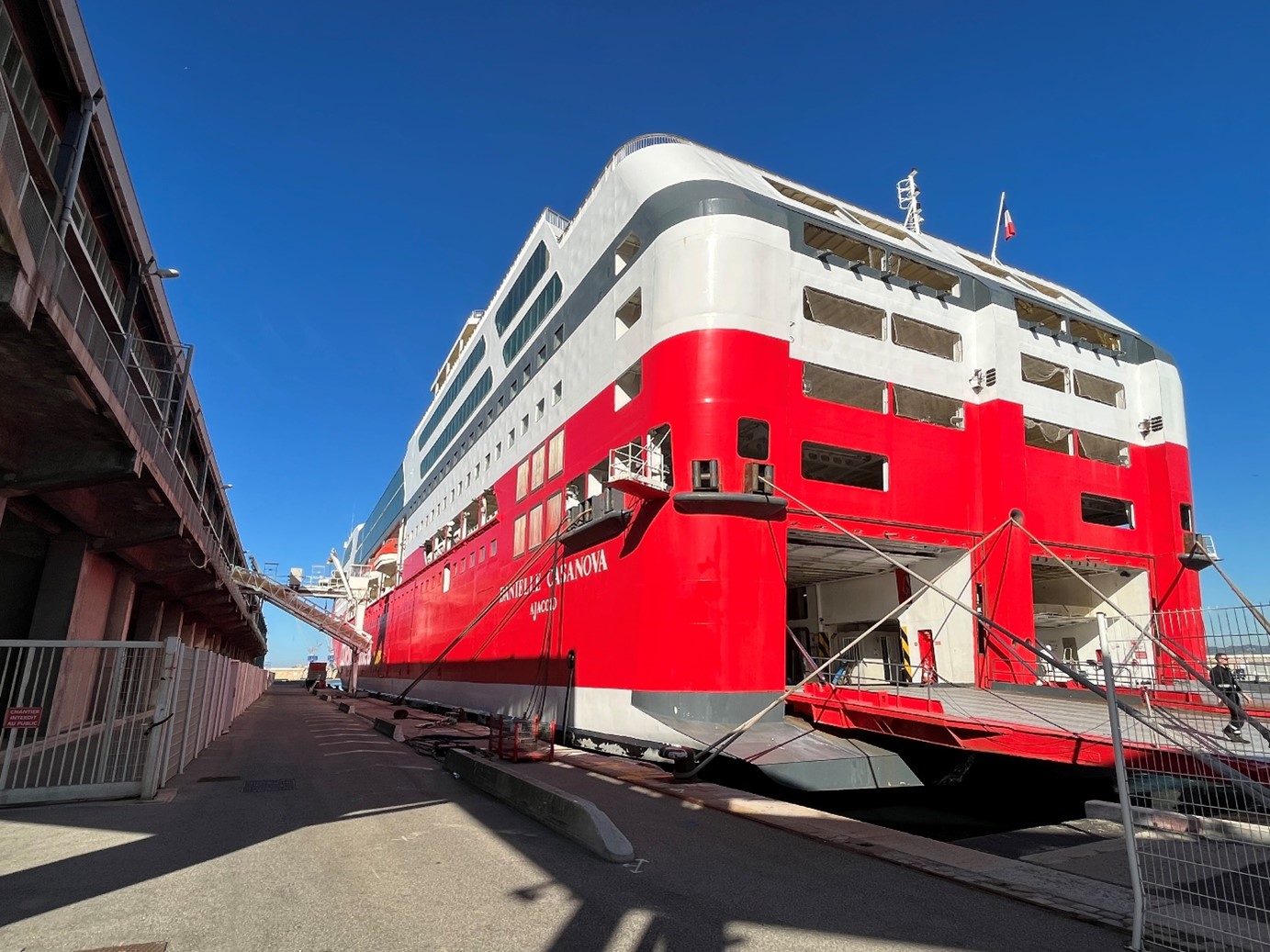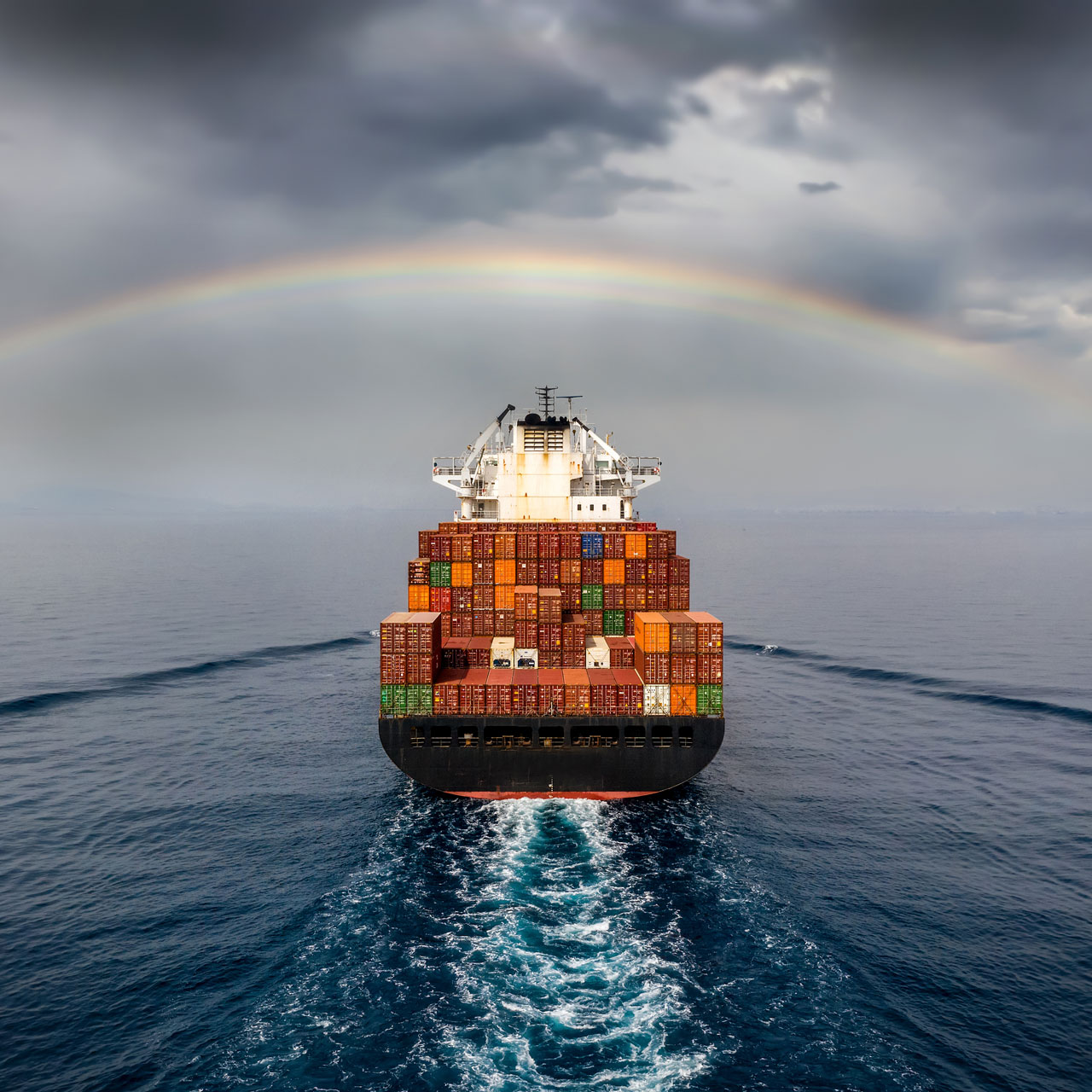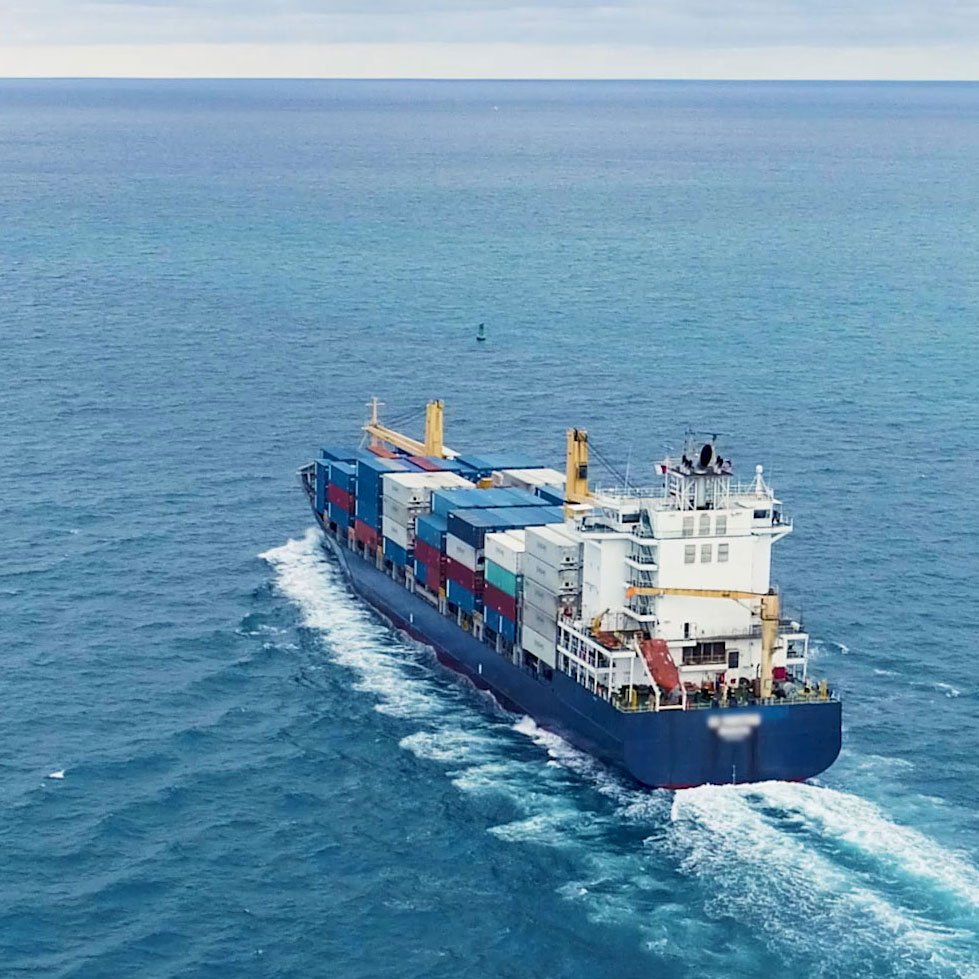Qtagg recently secured an order on a digitalization of M/S Danielle Casanova’s propulsion control system, that will reduce the ship’s fuel consumption by an estimated 6-8%. The order includes power routing with EcoPilot and retrofit of governors, actuators and the pitch control system.
Danielle Casanova is the largest of Corsica Linea’s nine cruise ships that serves routes between the French continent, Corsica, Algeria and Tunisia. The vessel is currently at port in Marseille for maintenance and technical upgrade.
Power routing for improved fuel economy
On Daneille Casanova, Corsica Linea has decided to install EcoPilot, a fully automated eco-driving system that uses weather forecasts and ship data to calculate the best power plan for a route and a set arrival time. It also implements continuous adjustments to engine load and propeller pitch for maximal fuel savings.
This type of automated eco-driving does not require the captain to manually change either speed or pitch. Instead, the active power routing provides the captain with full control over the arrival time and mitigates the human tendency to set a higher speed than necessary at the start of a voyage.
Upgrades of governors, actuators & pitch control
EcoPilot controls the ship’s propulsion system with instructions to the engine governor and the pitch control. Danielle Casanova will be equipped with new DEGO IV engine governors, new ASAC actuators and a new pitch control system. These will replace outdated technology and enable digital ship propulsion control and active power routing with EcoPilot.
Fuel savings guarantee
The EcoPilot power routing system comes with a 3% fuel consumption reduction guarantee, but the expected savings for Daneille Casanova is in the interval of 6-8%, based on a somewhat conservative calculation based on installations on similar vessels.
The actual fuel reduction will be determined by a 4–5-week test period after commissioning. The fuel consumption during this period will be compared to a baseline from a reference period where the ship operates without EcoPilot. The comparison will be confirmed by a statistical analysis to compensate for any influence from varying environmental, load and speed conditions.
CO2 emissions reductions
– For us, this is not only about saving on fuel expenses. Installing EcoPilot will also help us achieve a reduction on CO2 emissions, says Julien Colin, Superintendant at Corsica Linea SAS Division Technique. As a company we have an ambitious plan to reduce our total CO2 emissions by 40% until 2030 and continue to move towards sustainable maritime transport in the Mediterranean. It will be interesting to see how much a system such as EcoPilot can contribute towards our goals.
Triple-action power routing
EcoPilot works in three ways to optimize fuel consumption:
1. Automatic execution of the optimized power plan. Best fuel economy is achieved with a constant engine load, but conditions change, so EcoPilot recalculates the plan continuously and applies adjustments throughout the voyage. The highest benefits are seen for ships with long ocean crossings where fuel savings accumulate over time.
2. EcoPilot prevents “hurry-up-and-wait” behavior, which is common, especially for passenger ships with a set timetable to adhere to. Fuel savings increase with the number of crossings and can be substantial.
3. Improved ship-to-shore communication where ship control can upload a new ETA directly to EcoPilot. The power plan is recalculated, and the engine load is adjusted immediately, once the new ETA has been confirmed by the captain.
– Owners and operators of passenger ships, such as Corsica Linea have been quickest in adapting EcoPilot for power routing, says Per Österberg, COO of Qtagg. “Retrofit installation where we replace governors and actuators are very common, but on newer vessels we can integrate EcoPilot with the existing propulsion control. With current fuel prices, that investment pays off very quickly, sometimes in just a few months. I am looking forward to the results from Danielle Casanova.”
About Danielle Casanova
Vessel type: Ro-Ro/Passenger ship
Gross tonnage: 43,784
Length overall: 175 meters
Beam: 30 meters
Capacity: 2,400 passengers and 700 cars (or 90 cars plus 60 trucks/trailers)
Year built: 2002



